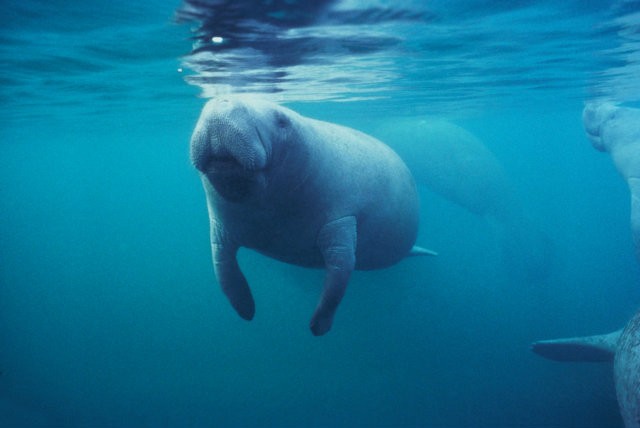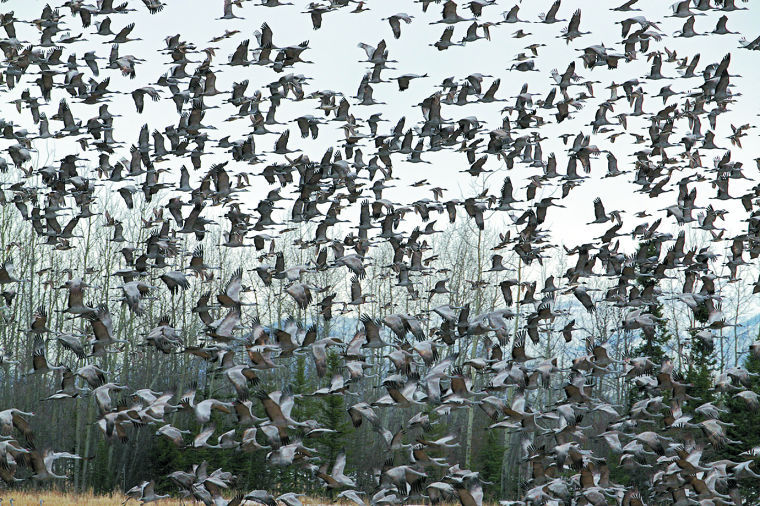Red tide' and a loss of sea grass account for some manatee deaths, but researchers believe undiscovered factors are also at play.
© Kallista/Getty ImagesThe NOAA is launching a study to investigate the factors behind the recent rash of manatee deaths
A record number of endangered manatees are dying in Florida's algae-choked waterways.
So far this year, 582 manatees have died, more than any year on record, according to preliminary numbers from the Florida Fish and Wildlife Conservation Commission (FWC).
Pat Rose is an aquatic biologist and the executive director of the Save the Manatee Club, an organization devoted to preserving the animal. In his interview with TakePart, Rose reports the estimated minimum population of these gentle beasts is only 3,100 adults.
That means their population has decreased by more than 10 percent in just four months.A total of 247 of these have died in the southwest of the state due to an explosion of a red-hued algae called Karenia brevis, also known as a red tide.
This pesky microorganism produces neurotoxins that can kill manatees by causing them to seize to the point where they can't make it to the surface - or even lift their head out of the water - to breathe.
The large marine mammals are also dying in the eastern part of the state, in Brevard County near Orlando. Rose says a gradual die-out of sea grass, upon which the manatees feed, has combined with blooms of brown algae and likely other unknown factors to kill nearly 150 more manatees. Since 2010, about 30,000 acres of sea grass have been wiped out.
Luckily, it appears that both events are winding down, and the rate of manatee deaths appears to be slowing. But that's cold comfort for Rose, since the number of threats to manatees appears to be growing, and little is being done to address the problem.
Traditionally, boat collisions have been the biggest killer of manatees; they're vulnerable since they're large, slow-moving and often hang out on the surface. Until this year, at least 41 percent of all manatee deaths resulted from these collisions, and likely more, because not all of these deaths are reported or detected.


Comment: The one of the other supposedly 'undiscovered factors that are also at play', but nevertheless well reported, are the unusually cold water temperatures experienced along the Florida coast in recent winters.
See -
http://www.sott.net/article/221068-279-Manatees-die-of-cold-chill-in-Florida